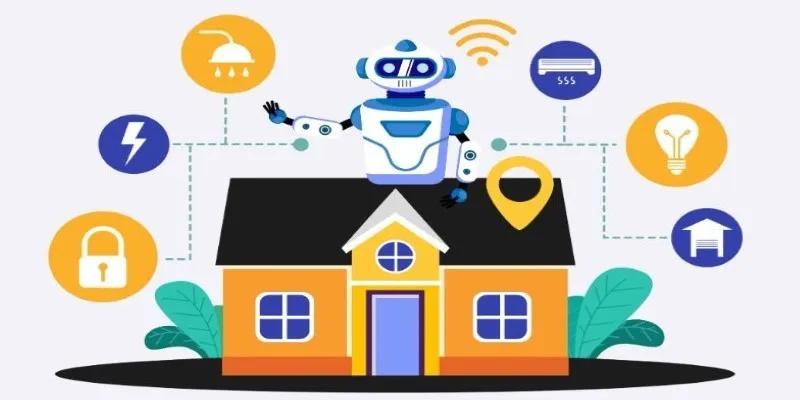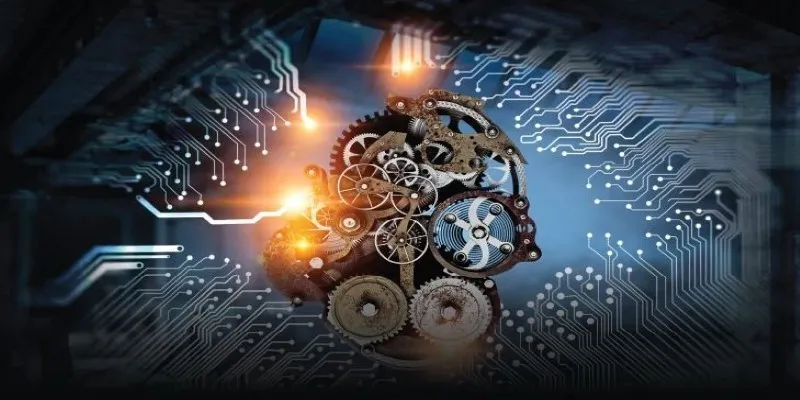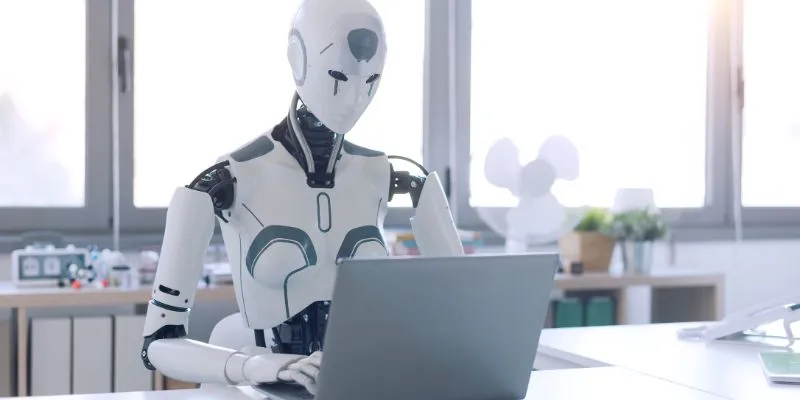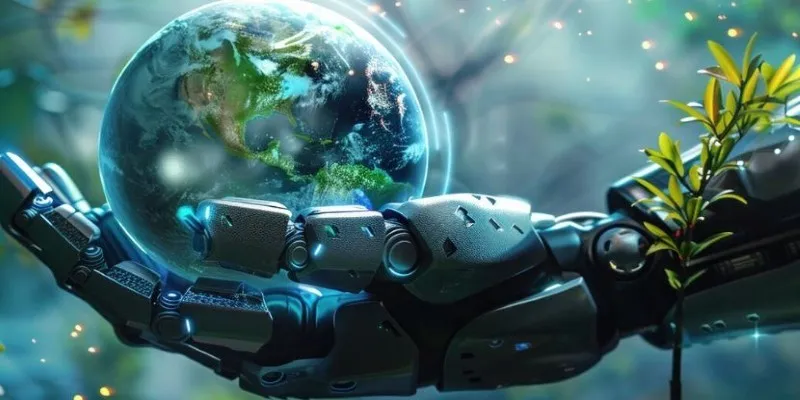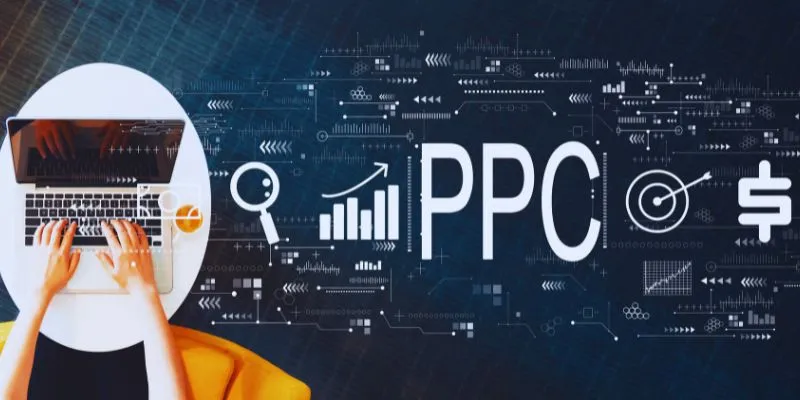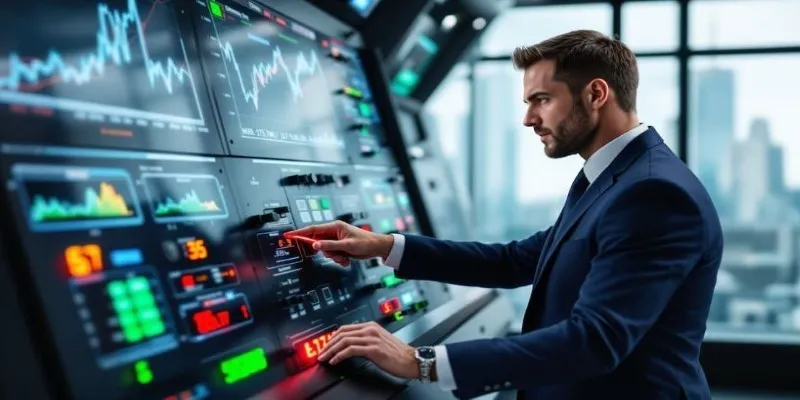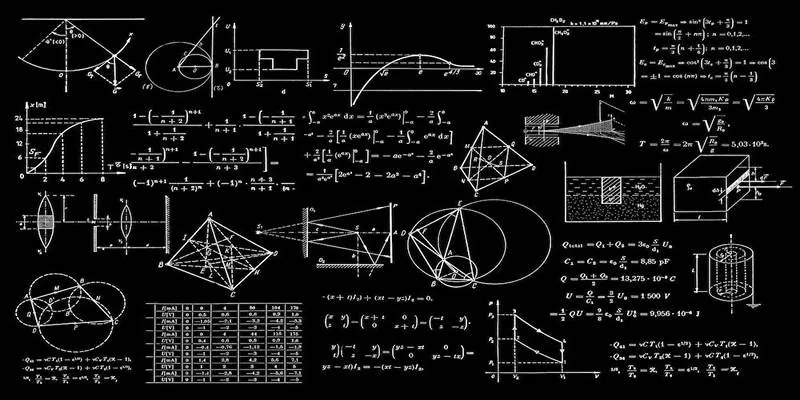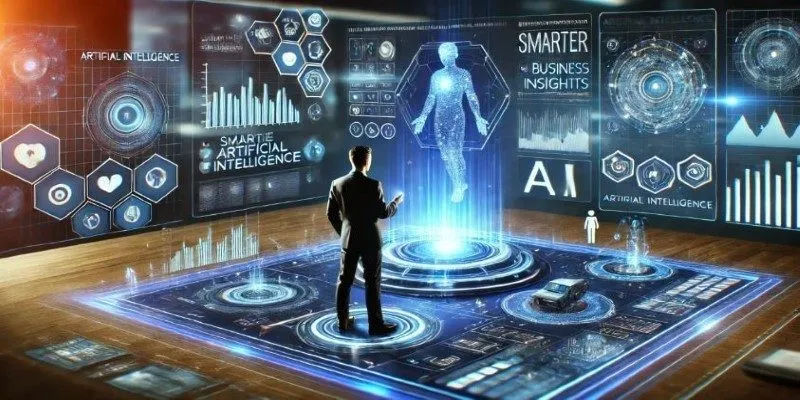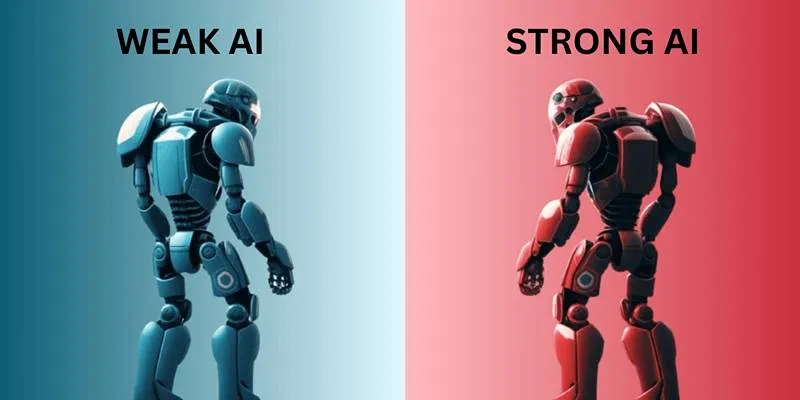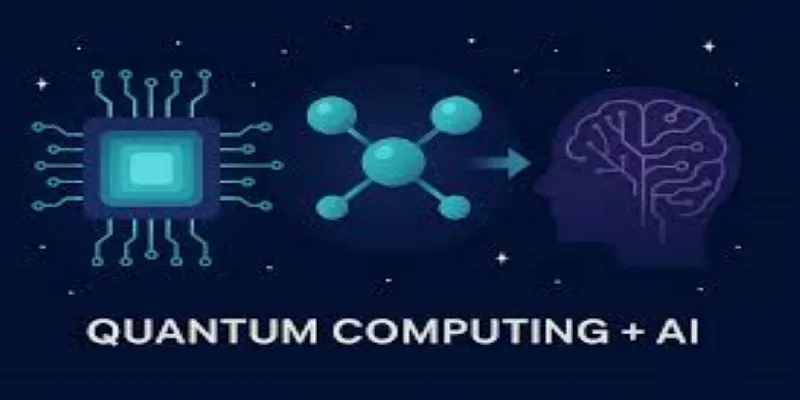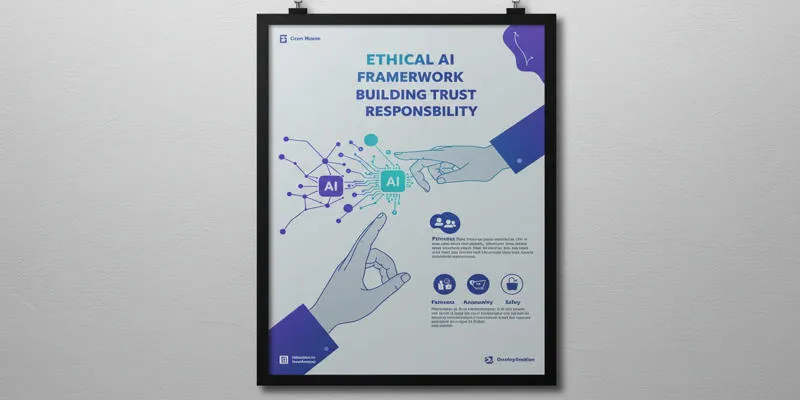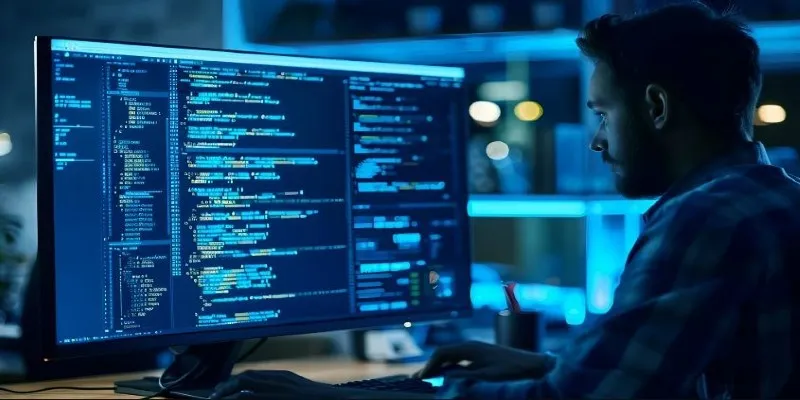Computer vision has revolutionized how machines “see” and interpret the world, turning what was once science fiction into reality. No longer restricted to mere number crunching, computers can now recognize faces, read signs, and even assist in operating self-driving cars. The core of this transformative technology lies in its ability to detect and classify objects within images or videos.
Object detection and classification empower machines not just to identify objects but also to understand and locate them. From spotting tumors in medical scans to counting vehicles on highways, computer vision is reshaping industries and redefining how machines interact with the world around us.
Understanding Object Detection and Classification
Grasping how object detection and classification work within computer vision involves deconstructing the process into manageable steps. Essentially, the technology appears straightforward: when given an image or a video, the computer identifies and labels various elements—such as animals, people, or everyday items—precisely. This process unfolds in two distinct yet complementary steps: detection and classification.
Initially, object detection is tasked with pinpointing the exact location of an object within the image. The computer marks the object with a bounding box, essentially signaling, “There’s something important right here.” Once the object’s position is marked, the classification process begins. This step involves analyzing the identified area to determine the detected object—perhaps it’s a cat lounging on a couch or a cyclist navigating traffic. Both detection and classification must collaborate effectively to yield accurate and useful results.
At the heart of object detection and classification lies machine learning, specifically deep learning utilizing convolutional neural networks (CNNs). CNNs are powerful algorithms inspired by the human brain’s visual processing mechanisms. By training on vast numbers of labeled images, these neural networks learn to identify distinctive patterns. For example, they recognize that dogs generally have fur and four legs, while stop signs have a characteristic shape and color.
Different detection methods excel in various scenarios. The YOLO (“You Only Look Once”) model is renowned for its speed, offering real-time analysis by processing the entire image simultaneously. Alternatively, models like Faster R-CNN provide more precise results but require more computational time. Ultimately, selecting the right method depends heavily on the specific application’s priorities—whether that be speed, accuracy, or a careful balance of both.
Real-World Applications: From Smart Homes to Smart Cities
The impact of object detection and classification extends well beyond the lab, permeating various aspects of daily life. One of the most evident examples is in smartphones, where computer vision powers facial recognition to unlock devices, offering both convenience and security. Retail stores now use this technology to track foot traffic and analyze customer behavior, enhancing the shopping experience and optimizing store layouts. Security cameras are evolving as well; they not only record footage but also identify faces, detect suspicious behavior, and alert authorities in real-time, boosting security and reducing response times.

In the healthcare sector, object detection and classification have revolutionized diagnostics. Radiologists rely on AI systems to analyze medical images like X-rays or MRIs for signs of diseases, detecting abnormalities that the human eye might overlook. These AI tools don’t replace doctors but serve as supplementary resources, providing additional insight and accuracy in diagnosing complex conditions.
Agriculture is another field benefiting from this technology. Drones equipped with computer vision can scan vast fields to identify pests, assess plant health, and even count crops. With real-time data, farmers can take swift action to protect their crops and optimize yields.
Self-driving cars heavily depend on object detection and classification to navigate safely. These vehicles constantly analyze their surroundings, detecting pedestrians, other cars, and traffic signs. This ability to make split-second decisions ensures safer driving experiences.
Even in urban settings, cities are becoming smarter. Traffic systems use cameras to monitor congestion and adjust signal timings, while law enforcement agencies employ computer vision tools for license plate recognition, improving efficiency and public safety.
Challenges and Future Prospects
Despite its power, this technology is not without its imperfections. One of the main challenges is bias in the data. If a system is trained mostly on images from a specific demographic, it may perform poorly on others. This can lead to serious consequences, especially in high-stakes fields like law enforcement and healthcare.

Another issue is context. A computer vision system can tell there’s a knife in an image, but it won’t know if it’s in a kitchen or a crime scene. Contextual awareness is still a major gap, and solving it means going beyond just seeing—to truly understand.
Edge computing is also becoming more prevalent. Instead of sending all image data to a central server, small devices now process it on-site. This speeds things up and boosts privacy, especially in smart home or wearable tech.
We’re also seeing advancements in unsupervised learning, which allows machines to learn from unlabeled data. This could reduce the enormous effort required to create training datasets. Researchers are building models that understand motion, relationships between objects, and depth without needing explicit labels. The goal is to move closer to human-like perception, where a child doesn’t need to see ten thousand dogs to recognize one.
Future systems will likely combine vision with other senses—sound, text, and even smell sensors. Imagine a robot that can see a boiling pot, hear it bubbling, and know how to turn off the stove. That’s where the fusion of object detection, classification, and broader AI is leading us.
Conclusion
Computer vision, through object detection and classification, is transforming industries by enabling machines to “see” and understand the world around them. This technology is already revolutionizing sectors like healthcare, automotive, and agriculture while continuing to evolve. As advancements in machine learning and deep learning enhance accuracy and efficiency, we can anticipate even more intelligent, context-aware systems. However, ethical considerations and challenges remain, ensuring that this powerful technology benefits society responsibly.
 zfn9
zfn9
